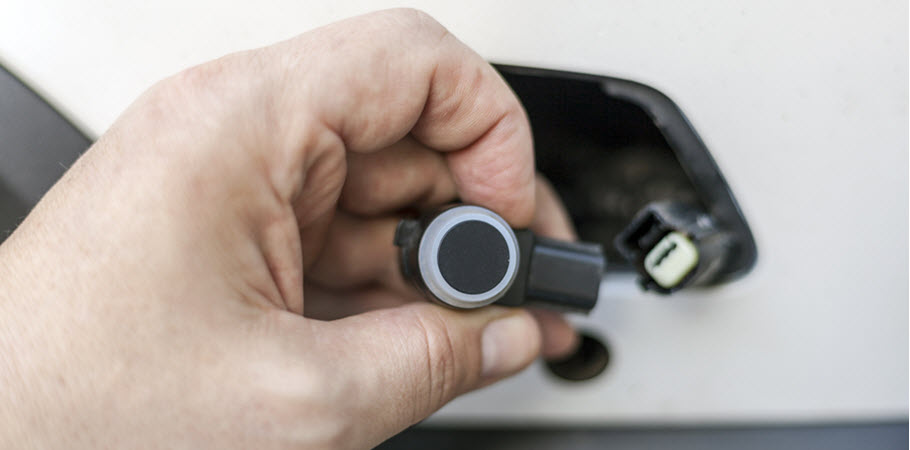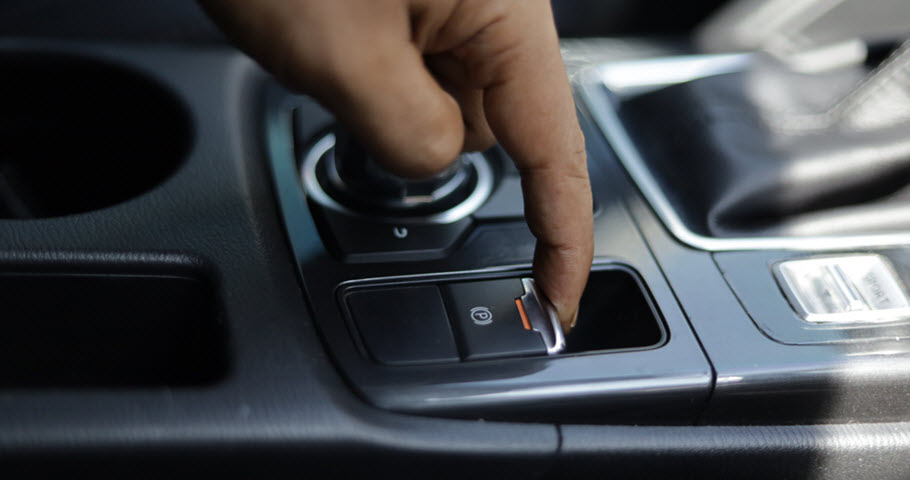Parking brakes, often referred to as hand brakes, play a very important role in one’s overall driving experience. They are used to ensure that when the car is parked, it does not slip and start moving on its own.
The parking brake can only be engaged when the car is not in motion. In much newer vehicle models, the parking brake is automated as opposed to the old cable that was attached to two wheel brakes and to a pulling lever. Pulling this hand controlled lever would immediately render the rear wheels motionless and prevent the vehicle from sliding into motion.
In the newer models, however, this process is automated such that the pulling lever has been replaced by a button. This button becomes activated and engages the parking brakes when the the car’s engine comes to a halt. This parking brake immediately becomes disengaged when pressure is applied to the gas pedal and the engine begins to run again.
Uses of the Parking Brakes
In some vehicles, the parking brake plays an important role in ensuring your safety. This is because it presses against the rear brakes when the vehicle is parked to prevent it from slipping into motion. For instance, where the roads are steep, it is very easy for parked vehicles to start moving down the steep inclines. This can create an unsafe environment, as this type of movement increases the chances of vehicles randomly slipping, rolling away, and bumping into other vehicles or people. Needless to say, this can cause unexpected accidents that could easily lead to loss of life and destruction of property.
Causes of Parking Brakes Problems
While the parking brakes play such an important role in your car, it is also prone to developing malfunctions, which can bring about devastating effects. This is usually caused by the constant stress that is applied on the transmission when it is parked on steep surfaces.
The transmission in the parking brakes become locked up when the automated parking pawl is engaged. This parking pawl can also become worn out and cause the parking brakes to malfunction easily. The parking brake will likely seize up if there is a fault in the system. When you drive your car while the parking brake is still engaged, then you will likely cause the parking brake to seize up and lock the rear wheels.
In addition, the sensors in the parking brakes can also become faulty and transmit incorrect information to the car’s computerized system. This fault will lead to the warning brake light illuminating on the dashboard when you are driving, even when the parking light has been released. This can be really unnerving to any driver, especially because of the seizing that happens if you try to drive while the parking brakes are actually still engaged.

Tips to Maintain The Park Brakes
You can always ensure that the park brakes in your car remain in perfect condition, regardless of how much you have to park on inclined surfaces. This you can achieve by following the following simple steps:
- Stick to a regular servicing schedule on your car where the mechanic gets to thoroughly inspect the car and identify potential faults in the transmission system, including the parking brakes.
- Use the parking brakes often in order to prevent them from seizing. Using the brakes frequently may cause strain on the transmission, but it is advisable to do so in order to prevent seizing. Normal wear and tear is predictable and easily fixed.
- Always remember to disengage the parking brake before moving your car in order to prevent locking up the rear wheels.
Should the brake light on the dashboard of your car come on, a mechanic will be able to diagnose and repair the problem. This is why you need the services of a certified mechanic to sort out all your parking brake issues.
At Terry Sayther Automotive, we are available to offer servicing to vehicles in Buda, Kyle, Lakeway, Tarrytown, and Austin, TX. Give us a call as soon as you suspect that there could be a problem in your park brakes and we’ll help resolve it immediately.
 1700 Fort View Rd,
1700 Fort View Rd,


